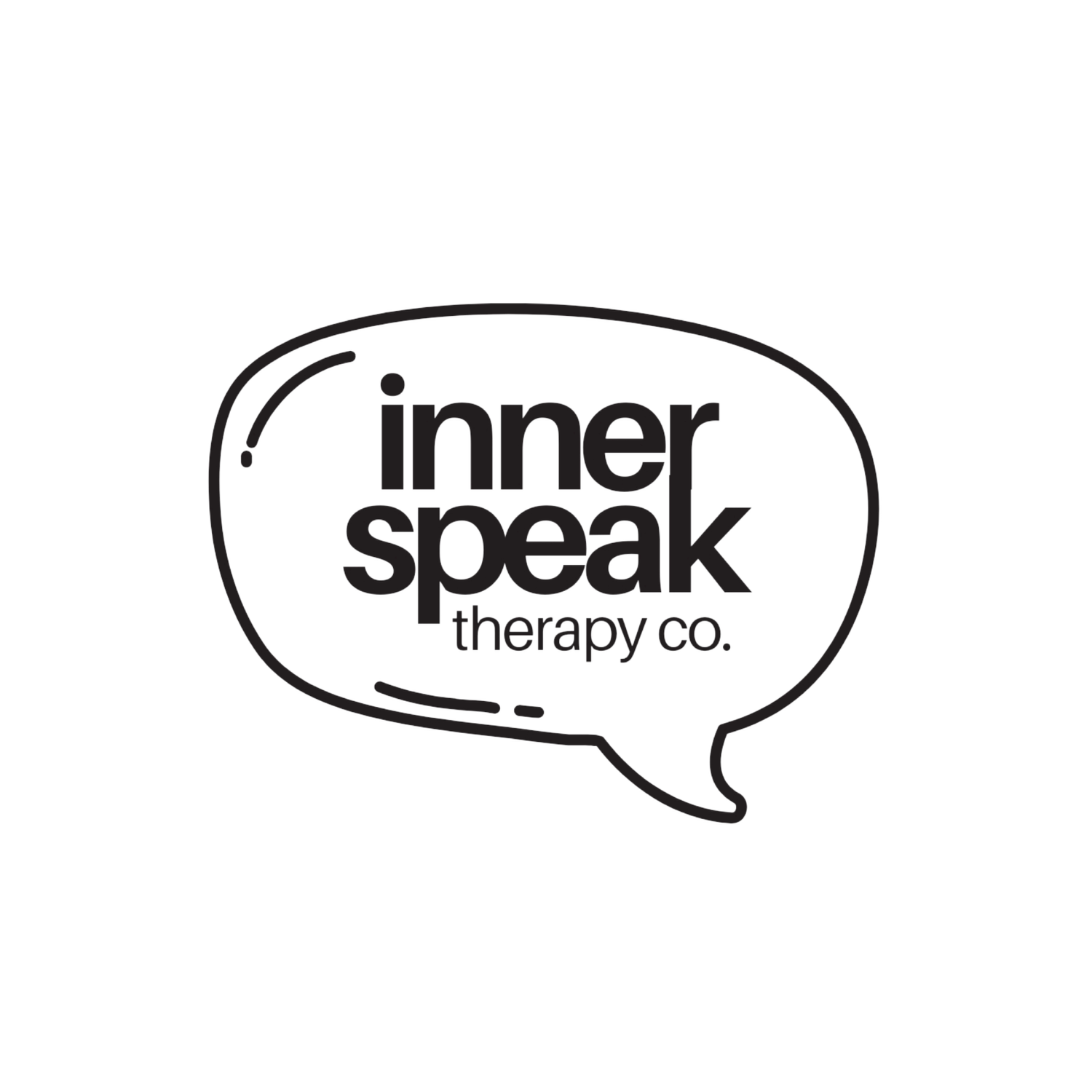EMDR: Not Just Eye Movements, and Definitely Not Hypnosis
So you’ve heard about EMDR therapy and you’re like… eye movements? Trauma healing? Is this a sci-fi episode or legit mental health treatment? Spoiler: It’s legit. And it’s helped a lot of people process trauma in a way that talk therapy sometimes can’t.
EMDR (Eye Movement Desensitization and Reprocessing) was developed by Francine Shapiro and has since evolved into a widely respected trauma therapy method. Think of it as helping your brain refile old traumatic memories so they stop popping up uninvited.
How EMDR Works (without getting too clinical and jargon-y)
When something traumatic happens, your brain might store that memory in an unprocessed, emotionally-charged state. EMDR helps your brain do what it naturally wants to do: process and file away the experience so it stops feeling like a current crisis.
It involves recalling distressing memories while engaging in bilateral stimulation—like eye movements, tapping, or tones. It sounds odd, but it’s rooted in neuroscience, and many clients find it reduces the emotional intensity of painful memories.
It’s Not Hypnosis, It’s Healing
You’re fully awake and in control during EMDR sessions. It’s not about forgetting what happened—it’s about shifting how your nervous system feels about it. The work happens in phases, including history taking, preparation (resourcing!), desensitization, and installation of new beliefs.
EMDR and Trauma-Sensitive Approaches
Jamie Marich and the Institute for Creative Mindfulness have expanded EMDR to be more inclusive, culturally sensitive, and attuned to complex trauma. You don’t have to jump straight into trauma, preparation and resourcing are essential parts of the process and deserve just as much time, attention and respect as reprocessing does.
What It Can Help With:
PTSD and complex trauma
Anxiety and panic attacks
Phobias and specific fears
Grief and loss
Chronic shame or self-worth struggles
What a Session Might Look Like
You and your therapist identify a memory, belief, or image that feels charged. Then, using bilateral stimulation, your brain does the rest. You might feel shifts in thoughts, emotions, or even body sensations. It’s often described as weird, but incredibly relieving.
TL;DR
EMDR is a structured, evidence-based therapy that helps your brain reprocess distressing memories. It's not about erasing your past—it's about making peace with it.
Curious if EMDR could support your healing journey? I offer EMDR therapy in a safe, trauma-informed space. Reach out to learn more or schedule a session.
Sources:
Shapiro, F. (2018). Eye Movement Desensitization and Reprocessing (EMDR) Therapy: Basic Principles, Protocols, and Procedures (3rd ed.). Guilford Press.
Marich, J. (2021). EMDR Made Simple: 4 Approaches to Using EMDR with Every Client. Institute for Creative Mindfulness.
Institute for Creative Mindfulness. (n.d.). "About EMDR." https://www.instituteforcreativemindfulness.com/
